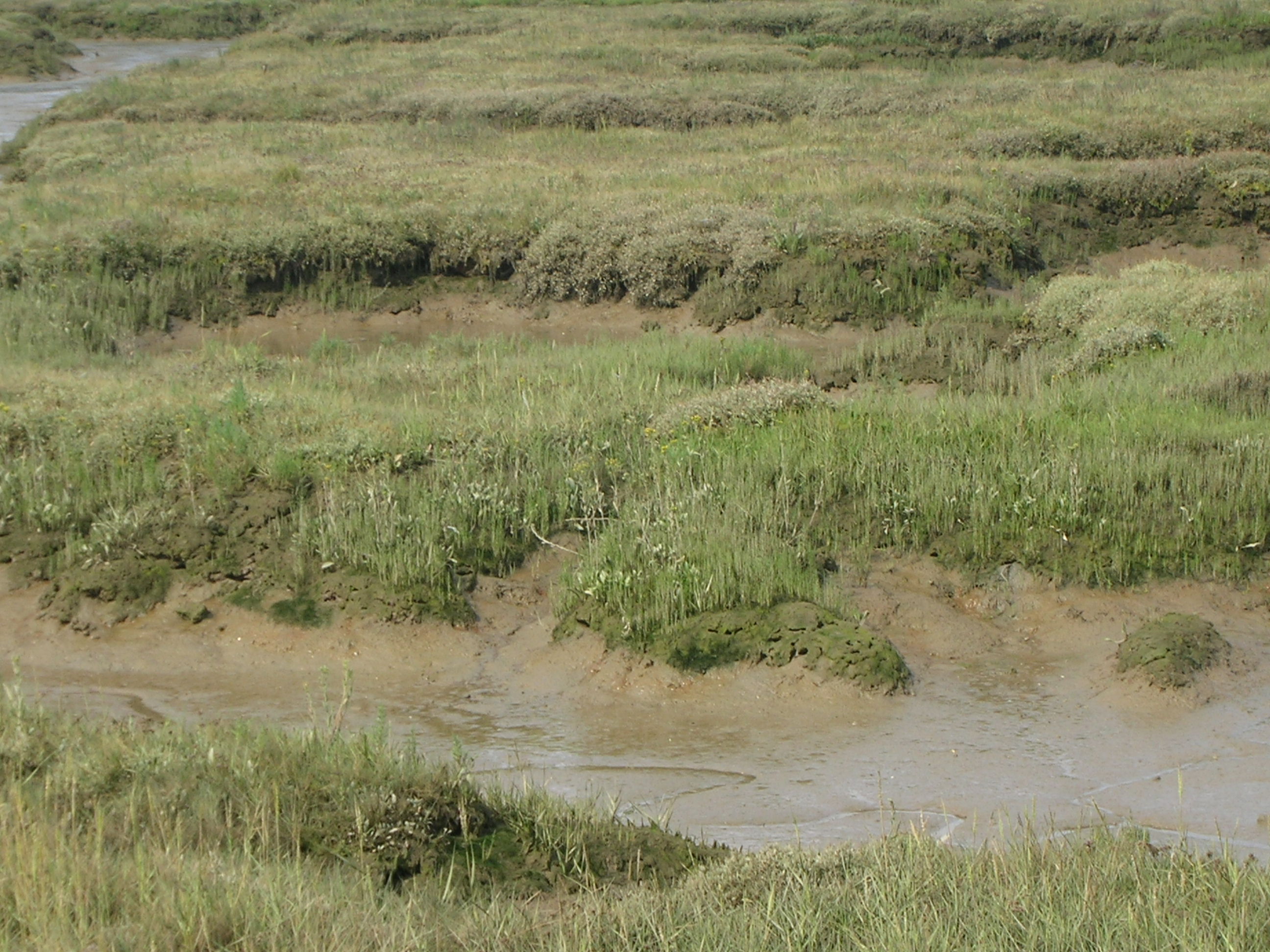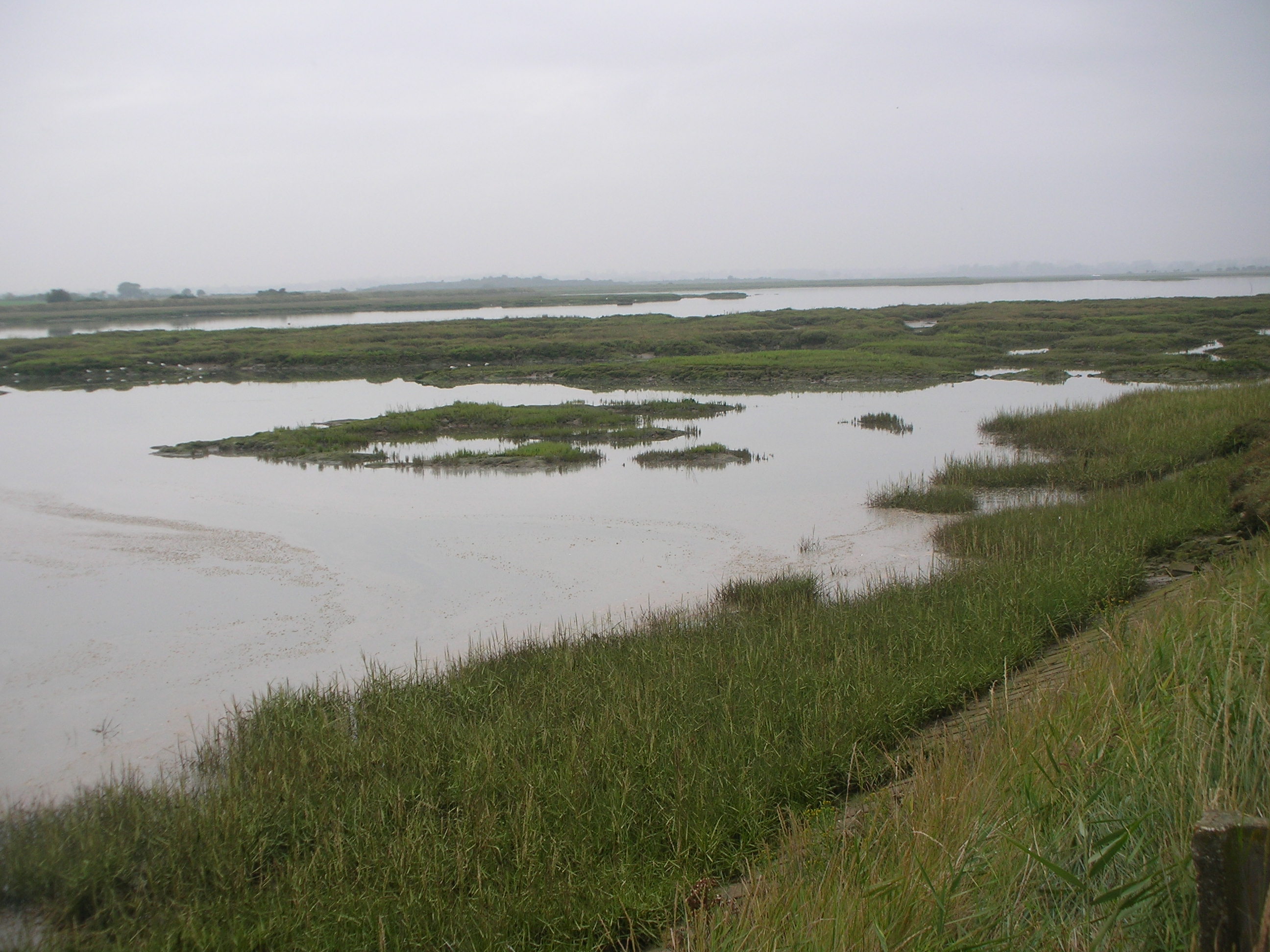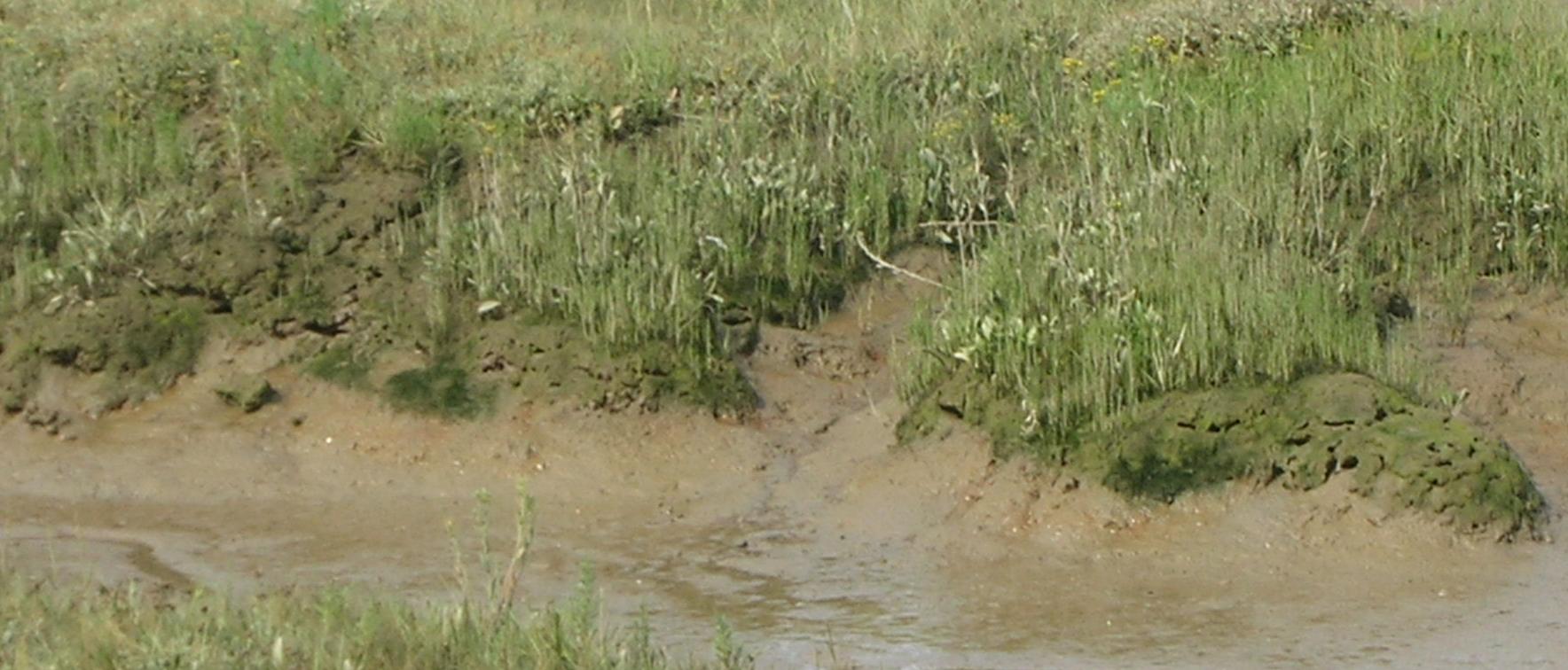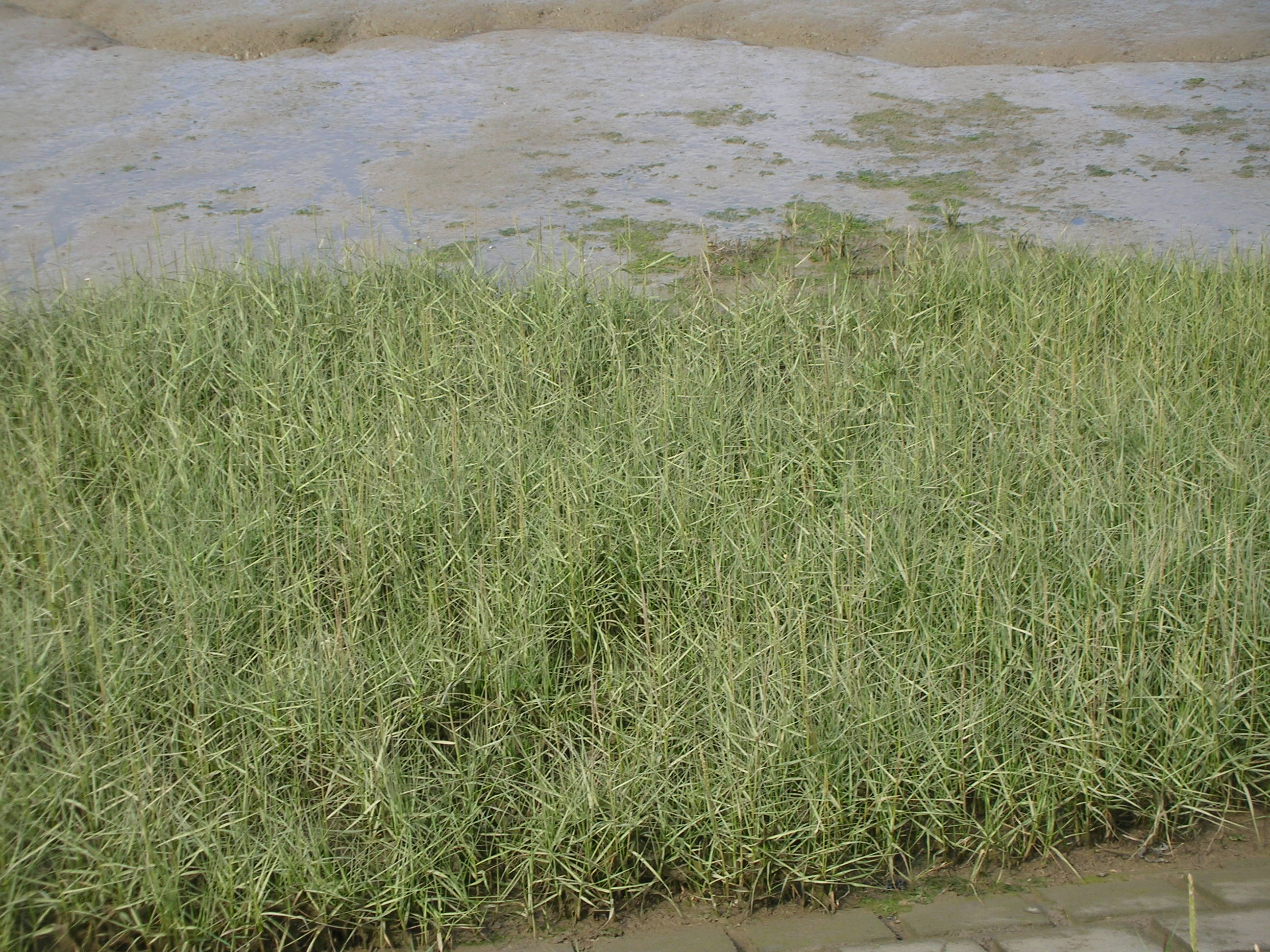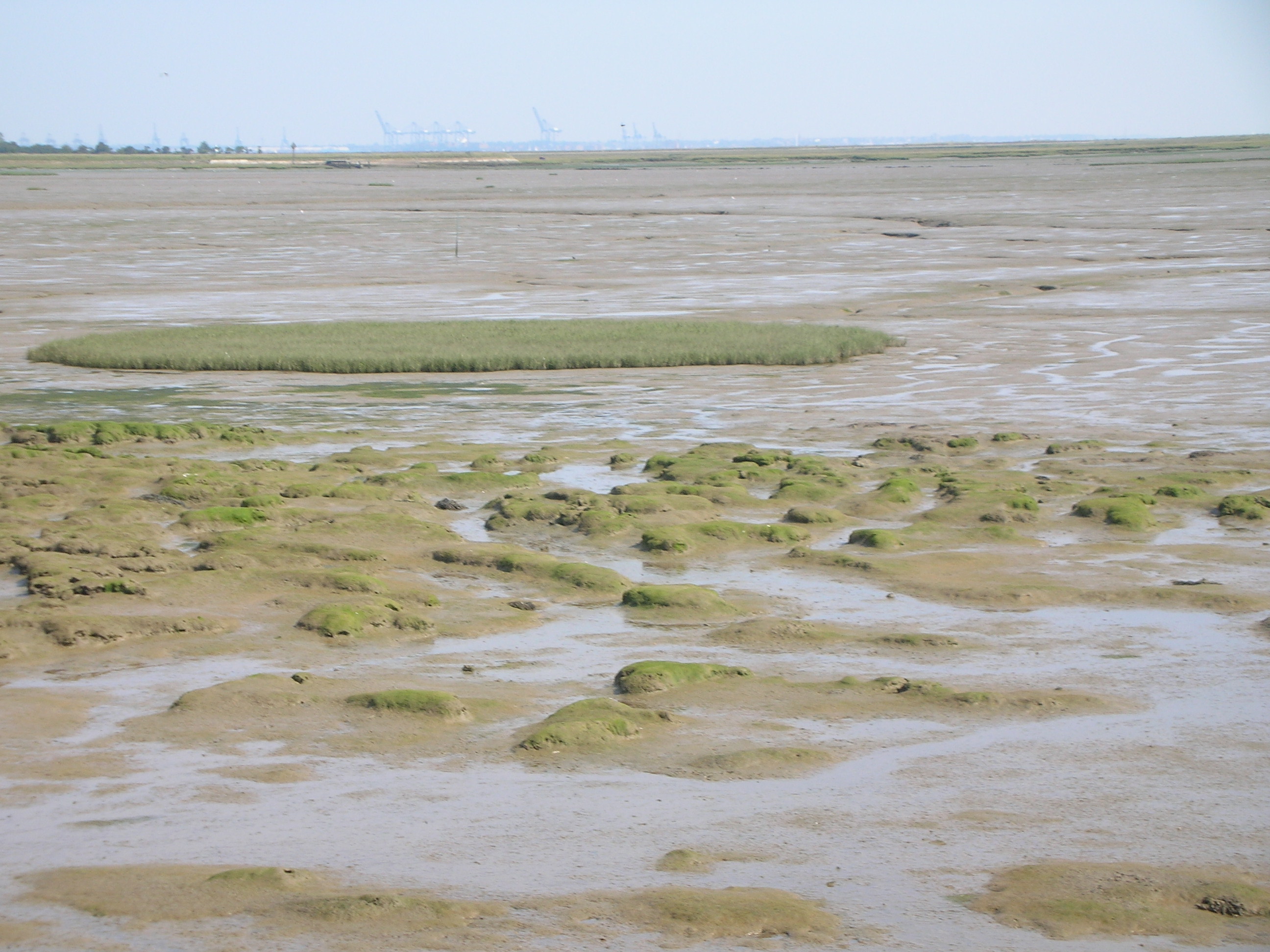The Environment Agency want to flood part of Devereux Farm in Kirby le Soken as they say rising sea levels are causing ‘coastal squeeze’ which is killing saltmarsh.
So what is saltmarsh?
At low tide it looks like this
And at high tide it looks like this
Not everyone agrees that rising sea levels and coastal squeeze is eroding saltmarsh.
In a paper published in 2004,
“On the loss of saltmarshes in south-east England and methods for their restoration”
Rob Hughes and O. A. L. Paramor from University of London rejected the
the prevailing hypothesis that the saltmarsh erosion is due to coastal squeeze, they suggested that rag worm (Nereis Diversicolor) was causing the loss of saltmarsh.
Richard Steward, for the Blyth Estuary Group, believes that salt marsh is being lost due to a combination of shore crabs and rag worm.
Shore crabs live in holes at the edge of the mature saltmarsh and eat rag worms that live in the mud below. In the picture below a large number of holes can be seen below where the grass is growing.
The burrowing of shore crabs erodes the salt marsh.
Rag worms live in holes in the soft mud; they come out to feed at high water. They never completely leave their holes but twirl around their holes as they feed. This circular motion stirs up any sediment that has been deposited and so stops the mudflat raising to the height required for normal saltmarsh growth.
Rag worms are a major source of food for shore crabs, so without rag worms there would few or no shore crabs.
There is a different type of vegetation, Spartina or cord grass, growing in the backwaters.
The shore crabs do not eat this. Spartina, however, a relatively new mudflat plant, can happily grow at the same level as the rag worm and will, in time, displace the worms and the crabs and rebuild lost salt marsh.
Spartina looks like this.
It is common for Spartina to form large circular clumps growing in the mud like this.
A number of these clumps are growing east of the Wade.
So although the shore crabs and rag worms are eroding the saltmarsh, Spartina is spontaneously recreating it.
Which leads to the question, if nature is recreating saltmarsh why does EA need to flood farmland in order to recreate what is already being recreated??
The very worst thing for saltmarsh and sea walls is to clad them in concrete and dump a load of rubble at their base which stops anything growing. Compare the picture below with pictures of Spartina growing by the sea wall above.
So instead of making a hole in the sea wall why not just clear the rubble and let Spartina and other plants create saltmarsh which will protect the wall. Even better why not give it a helping hand by putting some mud there and building some sort of wall to stop it being washed away. Once saltmarsh is established the wall could be removed.
